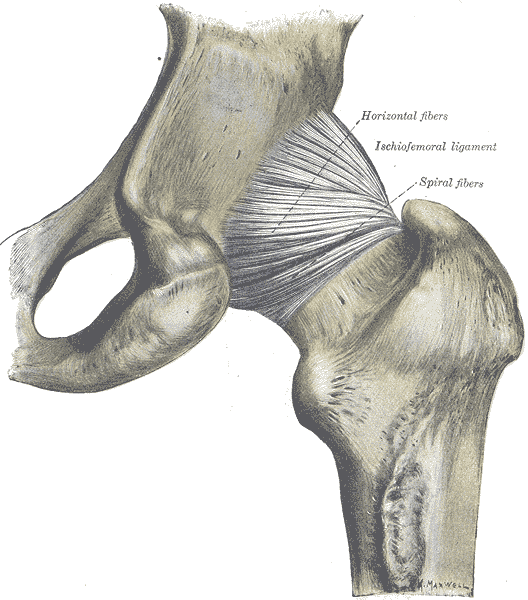Differential Diagnosis of Posterior Hip Pain

What structures may be implicated in posterior hip pain in the athlete? This question is addressed in a comprehensive article that can be accessed here. Complaints of posterior hip pain are increasingly common, and the differential diagnosis can include a variety of conditions and structures. The differential diagnosis of posterior hip pain may include hip extensor or hip rotator muscle strain, femoroacetabular impingement, proximal hamstring rupture, piriformis syndrome, and referral from the lumbar spine or sacroiliac joint, and systemic conditions such as cancer or infection, according to the article. To this list, could we add sciatic and other nerves in the buttock and pelvic floor, ischial injuries or ischial bursa irritation? With lists that include both systemic dysfunction and a variety of potential neuromusculoskeletal causes of posterior hip pain, the therapist must have a comprehensive ability to apply clinical reasoning, expert interview, and solid clinical examination and evaluation skills.
Posterior hip pain is only one type of hip pain, and one complaint within the world of pelvic pain. How does the therapist keep sharp tools for diagnosing musculoskeletal conditions, other connective tissue dysfunctions, as well as screen for disease conditions and other dysfunctions that can mimic hip or pelvic pain? Herman & Wallace has increased our offerings of courses towards differential diagnosis of hip and pelvic pain, including Biomechanical Assessment of the Hip & Pelvis, taught recently by Steve Dischiavi. (Stay tuned for Steve's upcoming course schedule!)
Another continuing education course that offers excellent opportunity to fine tune your skills in Differential Diagnosis of Pelvic Pain is coming up in October in Connecticut. The course is instructed by Peter Philip, who completed his Doctor of Science degree on the topic of Differential Diagnostics of Pelvic Pain. In addition to learning detailed anatomy and palpation skills, the participant can take away from the course a better understanding of embryology, the somatic and autonomic nervous system, and pelvic conditions that may be caused by or influenced by pelvic pain. The course will include both internal and external pelvic muscle examination techniques. With seven labs scheduled in this continuing education course, the participant will have abundant opportunities to practice instructed skills.
By accepting you will be accessing a service provided by a third-party external to https://hermanwallace.com/







































